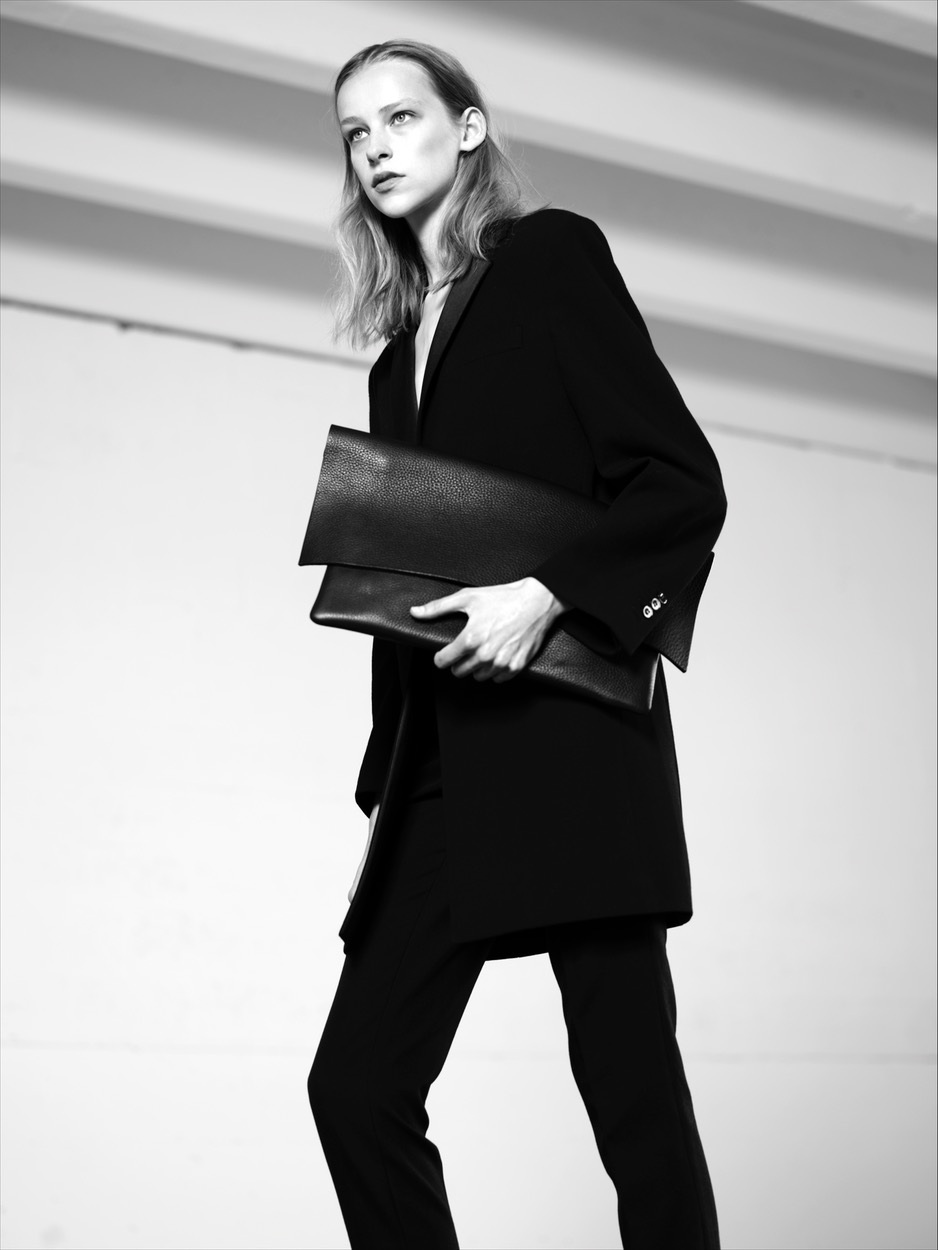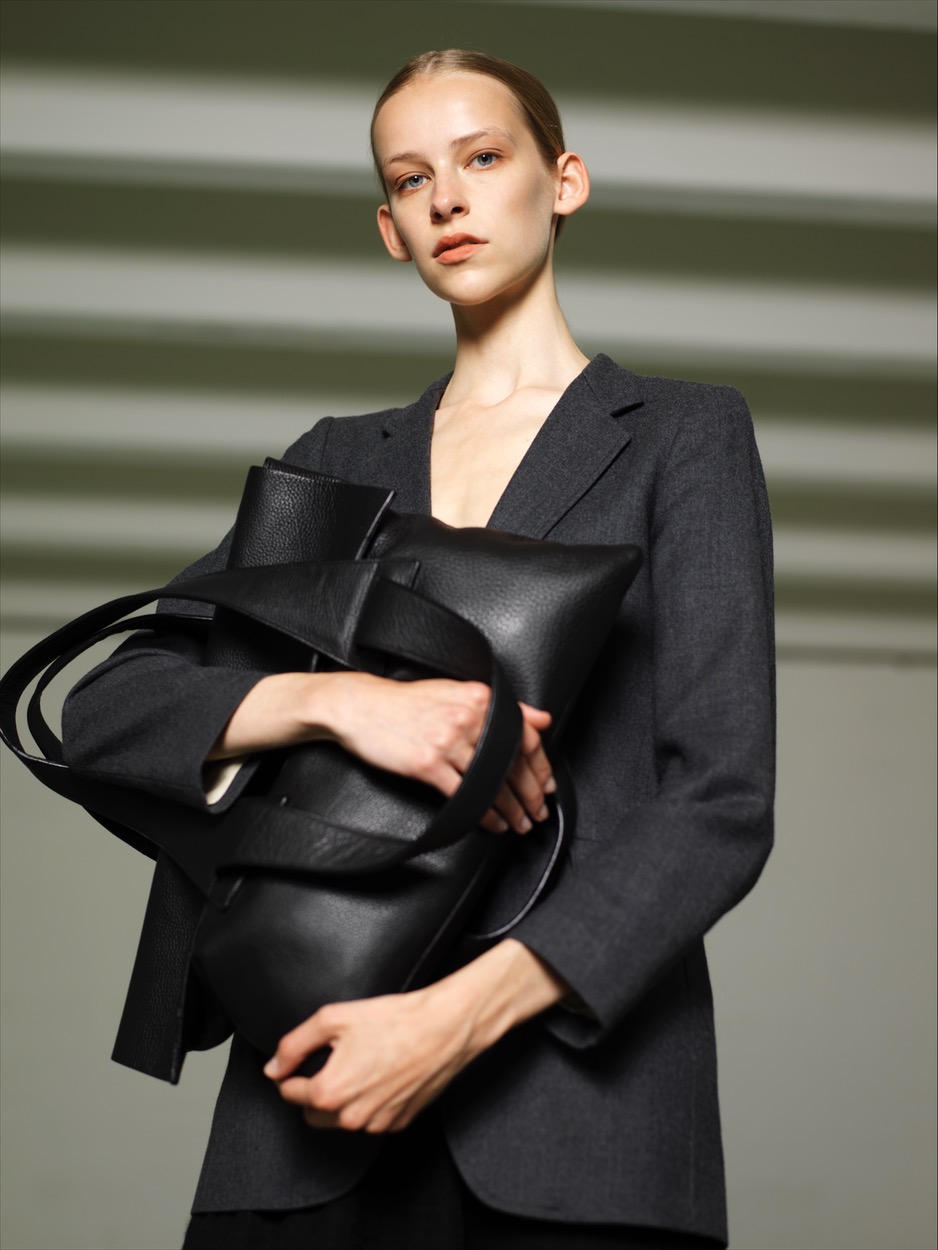In your opinion, what are the key fields that should be slowed down concerning the making or production process?
Out of all fields, what strikes me the most on a daily basis are food and fashion, but I have recently started thinking about interior design, too. It is so frustrating to see how fast fashion has to be pumped up, and how much of it is wasted as a consequence of that. To see people participating in this cycle makes me think of how much needs to be done to make any kind of minor change. These are critical fields that are not working sustainably at the moment, but there are things being changed, for example, in France, they banned throwing away leftover food, which I think is a wonderful solution. The best solution, however, would be to change the minds of the consumers, and make them realise the detrimental outcomes of this kind of consumption, that would bring us closer to a change.
What's the worst effect of today's consumer society you have personally witnessed?
What I witness on a daily basis is our need to get things now, without appreciating all the hard work that goes into making things happen. We all want the easy, quick fix that doesn’t satisfy us for long, but gets rid of that desire in a split second. When everything is given to us as ‘same day delivery’, we fail to stop and appreciate the people who have made that happen. When things take longer, you automatically go into a mindset, where you appreciate a certain process; you think about the tools being used, the hours that go into it, the different skill sets, the people working on it. This appreciation is a key part of the success of the slow fashion movement, and it is an antidote to mass production and throwaway culture, which has affected today’s consumer society in major ways.
One must-have summer product du jour we should all desire now... Something trendy, yet ethically-made?
I’ve been looking for the perfect summer sandals and the LRNCE bobo sandals come very close to that. Handmade to order in Morocco, with influences from handcraft traditions, each pair is as unique as its maker and they are completely contemporary, too. They have a leather strip with cotton raffia ruffles, and come in different colour combinations. The brand takes influences from local tribes and the colours of Marrakech, giving them a unique twist.












